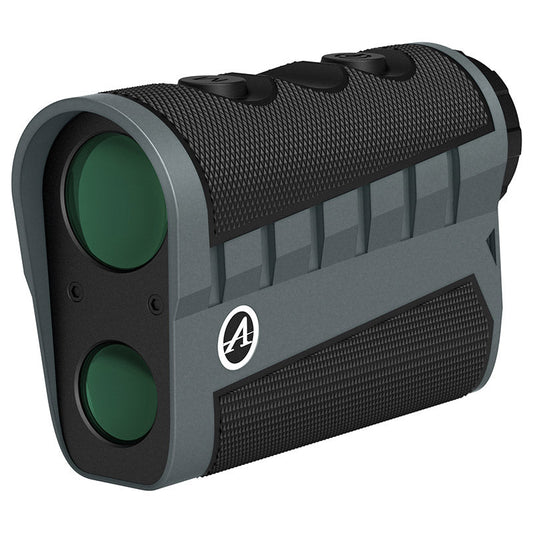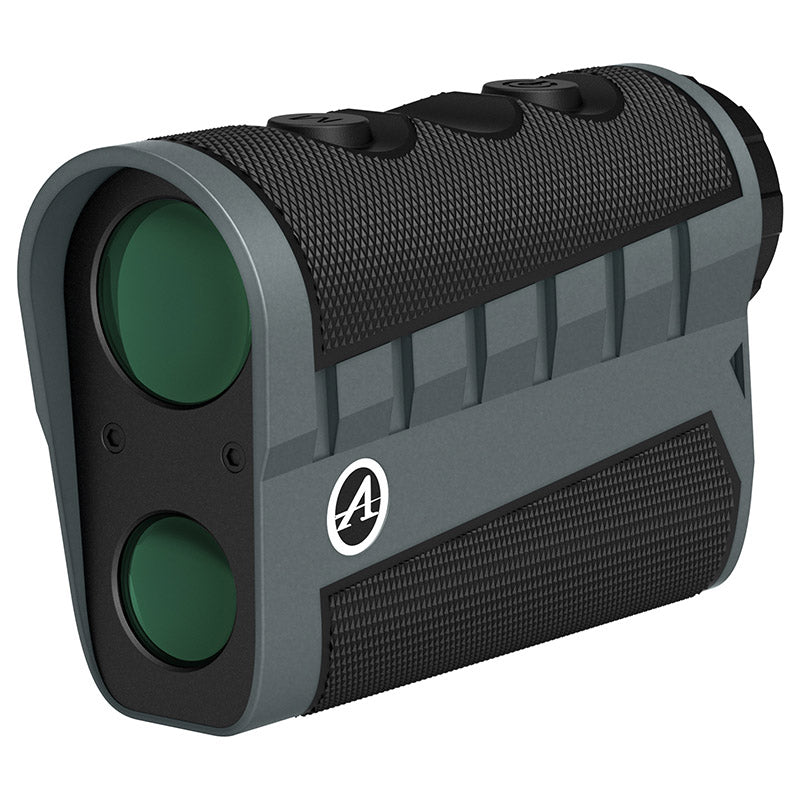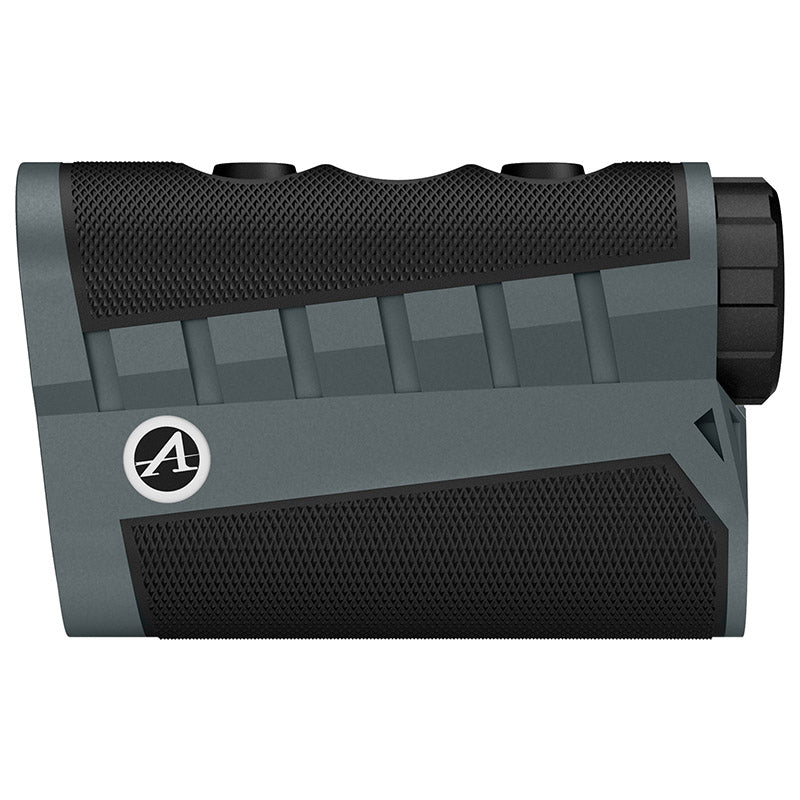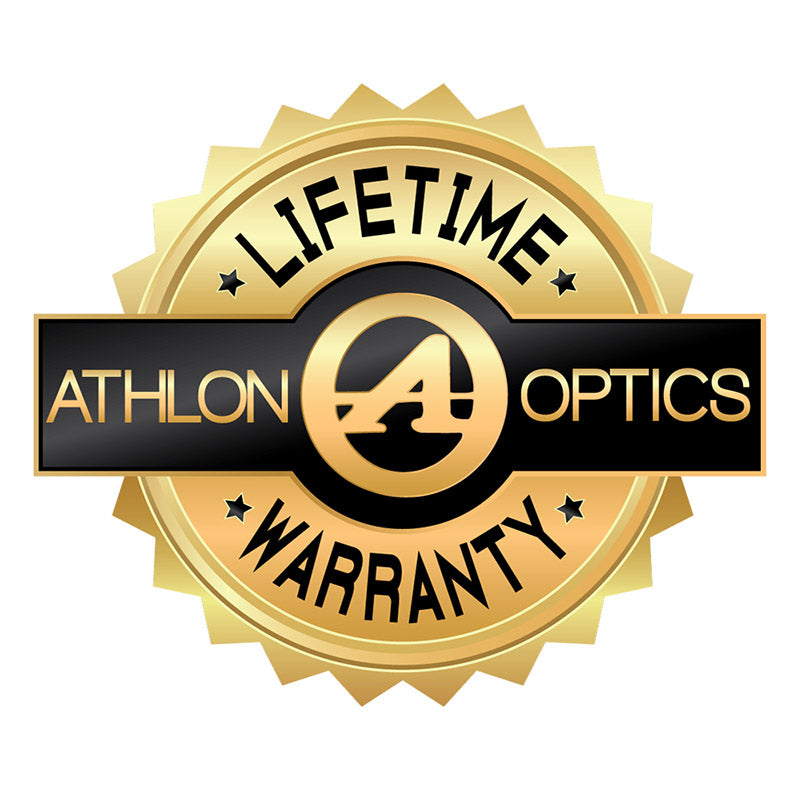

Athlon Optics Ares 2000Y Laser Rangefinder delivers accurate distance measurements up to 2000 yards, making it a reliable tool for hunters and outdoor enthusiasts. Equipped with fully multi-coated lenses, it enhances light transmission for clear visibility in various lighting scenarios. The waterproof and fog-proof design ensures dependable performance in adverse weather, allowing you to tackle any terrain without worry. With scan mode, it efficiently measures distances to multiple targets or tracks moving objects, suitable for both hunting and competitive shooting.
Lightweight and compact, this rangefinder fits seamlessly into your gear setup. Its ergonomic grip ensures comfort during prolonged use, while compatibility with standard tripod mounts provides stability for long-range observations. The dual measurement units (yards and meters) offer versatility, and the angle compensation mode delivers true horizontal distance measurements, enhancing accuracy on slopes and uneven ground.
Key Features:
- FULLY MULTI-COATED LENSES enhance brightness and clarity, ensuring clear images in low-light conditions.
- WATERPROOF DESIGN protects against moisture, allowing reliable use in rain or fog.
- DIOPTER ADJUSTMENT provides personalized focus for a clearer display, accommodating various vision needs.
- RUBBER ARMOR offers a non-slip grip and protects against impacts, enhancing durability.
- TRIPOD ADAPTABLE design allows for steady viewing, perfect for long-range observations.
- ANGLE COMPENSATION MODE calculates true distance on inclines, aiding accuracy in diverse terrains.
- SCAN MODE allows for quick distance readings across multiple targets, streamlining your measurements.
- DUAL UNITS OF MEASUREMENT enable easy switching between yards and meters for user convenience.
Technical Specifications Table
| Feature | Specification |
|---|---|
| Max Range (Reflective) | 2000 Yards |
| Max Range (Deer) | 800 Yards |
| Accuracy | +/- 0.5Y |
| Magnification | 7x |
| Objective Lens Diameter | 23.5 mm |
| Field of View | 7 Degree |
| Eye Relief | 15 mm |
| Length | 4.5 inches |
| Width | 1.5 inches |
| Weight | 6.75 oz |
| Power Supply | CR2-3V |
What’s in the Box?
- Lens covers
- Padded case
- Neck strap
Customer Reviews
"This rangefinder is a game-changer for my hunting trips. Super easy to use!"
"I love the scan mode! It makes tracking moving targets effortless."
FAQ
- How far can the Athlon Optics Ares 2000Y Laser Rangefinder measure? It can measure distances up to 2000 yards.
- Is it waterproof? Yes, it is designed to withstand harsh weather conditions and accidental submersion.
- Can I use it on a tripod? Absolutely! It's compatible with regular camera tripod adapters for enhanced stability.
- How do I maintain the rangefinder? Keep it clean and store it in the provided padded case when not in use to protect it from damage.
- How does it compare to other rangefinders? The Ares 2000Y offers excellent accuracy and features at a competitive price, making it a strong choice among its peers.
Similar Models
Looking for more options? Check out our extensive Athlon lineup, including the Athlon Optics Ares 1000Y for a budget-friendly rangefinder and the Athlon Optics Ares 3000Y for extended range capabilities. Explore our full collection for exceptional optics tailored to your adventures!
You May Also Like
Here’s some of our most similar products people are buying. Click to discover trending style.








